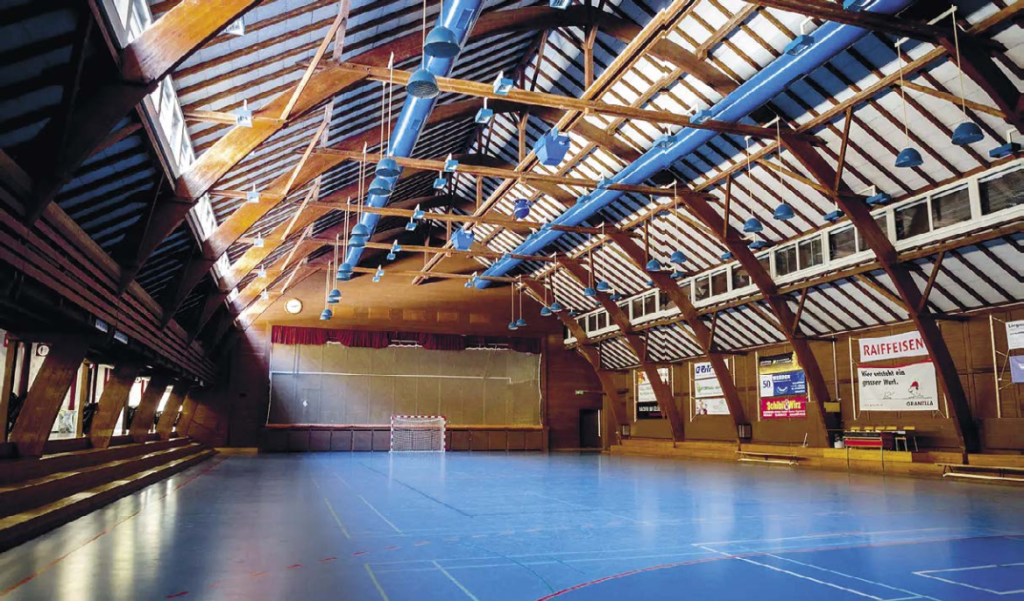If the building technology reacts dynamically to usage, weather, building characteristics and other factors, energy can be saved. Oxoia offers such a solution – it uses artificial intelligence and does not require new systems. An article by Sabine Born, Unterhaltplus.
In a nutshell: Oxoia networks existing systems in the building and supplements missing measurement data, which is analyzed in an edge device. Algorithms continuously calculate the target values for each system and thus automatically minimize energy consumption. The solution is quickly installed, delivers measurable savings after just a few weeks and works independently of the existing building management system. Oxoia also offers its control system to energy consultants and service providers in the field of energy efficiency.
This is what Baden says about Oxoia: “Oxoia automates usage scenarios that I previously had to coordinate manually and saves me a lot of time as janitor. Installing the sensors and setting the target values went smoothly. Sensor faults are quickly detected and rectified, which increases operational reliability. Users appreciate the optimized use of energy while maintaining the same level of comfort. Oxoia is already showing great potential in our old gymnasium, which would be even more effective in energy-optimized buildings. My suggestion: an app control system for more flexibility, for example to switch off the heating remotely in the event of last-minute cancelations.” Samir Sejdaj, former janitor of the Aue sports facility
“The integration of Oxoia into our almost 100-year-old gymnasium led to enormous energy savings and cost reductions of CHF 12,000 per year. This underlines the success of the system and justifies the expansion to other buildings with manageable installation costs. However, the annual operating costs of CHF 4300 for the gymnasium alone are high. In addition, after three years only these running costs are still visible in the budget, but not the initial energy savings, which makes political justification more difficult in the long term. We see great potential in the system, but would prefer a model with higher initial costs and lower ongoing operating costs.” Kasper Blaser, Head of Sports Facilities for the City of Baden
Read the full article here.
Get in touch with Oxoia.

